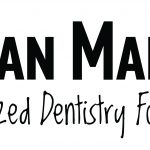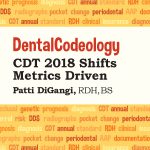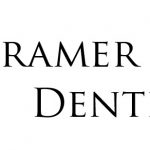
Every patient that sits in your dental chair has a story. All stories have a beginning, middle, and end, as does life. We have the wonderful opportunity to help our patients be able to live a long and productive one. Jumping to the middle of my story, my mom died at the age of 58 and my dad at age 60, both from end stage vascular diseases. They didn’t get a chance to enjoy their children into their adult years, get time with their grandchildren, or even meet their great grandchildren. I, li...
Read More







